March 10, 2021
This year, as we celebrate Women's History Month, it's also important to acknowledge the challenges that remain. While we have made significant progress over the last century to advance gender equity, women today still face bias and harassment in the workplace, are woefully underrepresented in leadership positions, and are paid less than white men — Black, Latina, and Indigenous women by the widest margin.
Urban design is not exempt from these struggles. For decades, the contributions of women who managed to break into the field have been minimized or even attributed to their white male coworkers. The design of our built environment, too, has repeatedly failed to meet the diverse needs of women.
"Much attention is rightly paid to how racial and ethnic minorities and low-income households do or do not participate in shaping the future of their communities. Less attention has been paid to uneven planning processes and outcomes by gender," Sherry Ryan writes in a recent PAS Memo, "Integrating Gender Mainstreaming into U.S. Planning Practice." This is despite the fact that "men and women have different wants and needs when it comes to built environments, public services, and amenities, and that planning interventions may not meet all those different needs, especially those of women."
Highlighting women's impact on planning
Beyond well-known, celebrated pioneers like Jane Jacobs, information about the many women who have worked to address these issues can be hard to come by. The following urban designers, political figures, community organizers, and activists account for just a fraction of the women who have long fought for racial, economic, and housing justice while working to meet critical public health and community programming needs. Today, their efforts remain just as relevant — and can serve as powerful inspiration as we plan to recover from the pandemic, its economic impacts, and the persistent inequities it has magnified.
In (roughly) chronological order, here is a selection of the many inspiring women urbanists:
1. Fannie Barrier Williams (1855 – 1944)
An educator and activist for racial justice and suffrage, Williams was cofounder of a number of civil rights organizations, including the NAACP, and was the first Black woman inducted into the Chicago Woman's Club, a social reform and philanthropy group. Her work in Chicago helped secure jobs for Black women and housing through efforts like a settlement house called the Frederick Douglass Center and the Phyllis Wheatley Home for Girls. In the lead-up to the Chicago Columbian Exposition of 1893, she also fought for and secured Black representation in the program and planning committee.

Fannie Barrier. Photo courtesy Wikipedia.
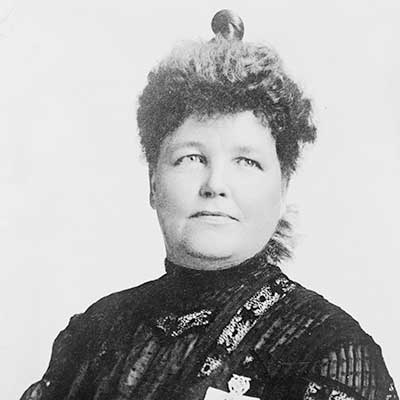
Mrs. Sarah Platt Decker. Photo courtesy J.C. Strauss, St. Louis/Library of Congress.
2. Sarah Platt-Decker (1856 – 1912)
Elected president of the national Federation of Associated Women's Clubs in 1904, Platt-Decker encouraged women to better their communities through volunteer work. In the 1906 article "The Meaning of the Woman's Club Movement," she called for a municipal art commission in each town, and for the women's club movement to act as "an army of builders, ready, alert, systematic, and scientific." "Decker's army of builders created boardinghouses, vocational schools, settlements, playgrounds, and public baths" in cities across the country, Daphne Spain writes in How Women Saved the City. "Burnham and his professional colleagues built the foreground, while volunteers like Decker redeemed the city with necessary projects in the background."
3. Jane Addams (1860 – 1935)
Addams was a well-known suffragist, sociologist, and activist. Often referred to as the mother of social work, she cofounded Hull House in 1889, the first settlement house in the U.S., to promote service in underinvested areas. By 1912, the project had grown from a single house for newly arrived immigrants into a valuable public third space, with 13 buildings, a summer camp, community programming that persisted until 2012, and neighborhood improvement efforts. It also kick-started a national movement that saw nearly 500 settlement houses open their doors in the U.S. by 1920.
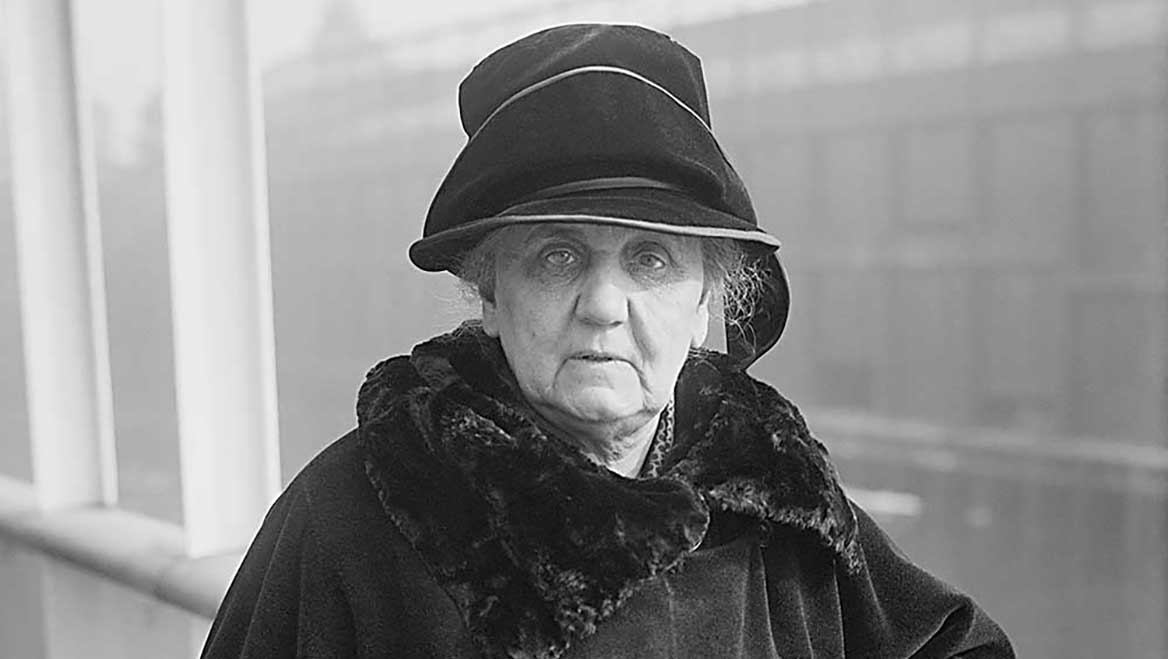
Jane Addams. Photo courtesy Library of Congress.
4. Lillian Wald (1867 – 1940)
Beginning her career as a nurse and advocate for public health, Wald discovered that the individual needs of low-income residents could not be addressed without comprehensively targeting broader issues in the community and region. She sought legislative and design solutions for child welfare, transportation, housing, playgrounds, and open space. She also helped organize the First National Conference on City Planning in 1909, and in 1929, helped initiate the Regional Plan of New York and Its Environs.
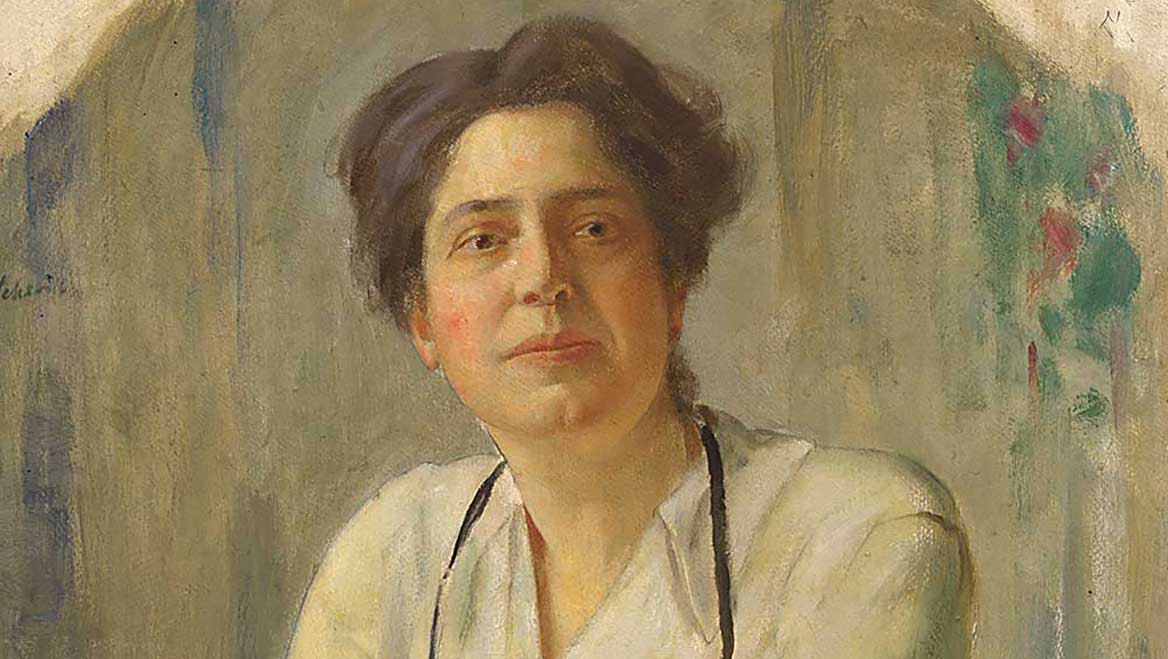
Lillian Wald. Photo courtesy National Portrait Gallery, Smithsonian Institution.
5. Edith Elmer Wood (1871 – 1945)
A member of the Regional Planning Association of America and founder of the National Housing Conference, Wood was dedicated to improving public health through quality affordable housing. After attending Columbia University's graduate school at the age of 44, she became an expert on housing policy and wrote a series of influential articles and books on the topic. "A Century of the Housing Problem" could have been written today: "The housing problem is an inevitable feature of our modern industrial civilization and does not tend to solve itself," she wrote in 1934. "Supply and demand do not reach it, because the cost of new housing and the distribution of income are such that approximately two-thirds of the population cannot present an effective demand for new housing." From 1933 to 1945, she worked as a consultant for the U.S. Housing Authority to help develop the New Deal's housing policies.

Edith Elmer Wood. Photo courtesy Columbia University.
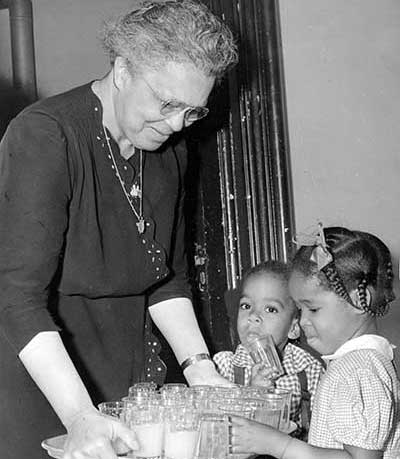
Jane Edna Hunter. Photo courtesy CSU-Michael Schwartz Library.
6. Jane Edna Hunter (1882 – 1971)
A Cleveland social worker, Hunter created associations that provided women with education, aid, and housing, including the Phillis Wheatley Home, a 23-room house that supported unmarried Black women who had migrated from the south. When that couldn't keep up with demand, she secured funding to expand operations and open more housing. The organization eventually became the Phillis Wheatley Association, which continues to provide community programming and educational services in the Cleveland area today.
7. Catherine Krouse Bauer Wurster (1905 – 1964)
Today's debates about public housing have a familiar ring to those who know the work of Bauer and her 1934 book, Modern Housing. Bauer helped draft the housing legislation of the New Deal, but in the 1950s she became an equally articulate advocate for long-range planning to guide metropolitan growth. In a 1951 essay titled "Social Questions in Housing and Community Planning," she laid the foundation for what would later be called social planning, a discipline dedicated to solving social justice issues through community and government collaboration.
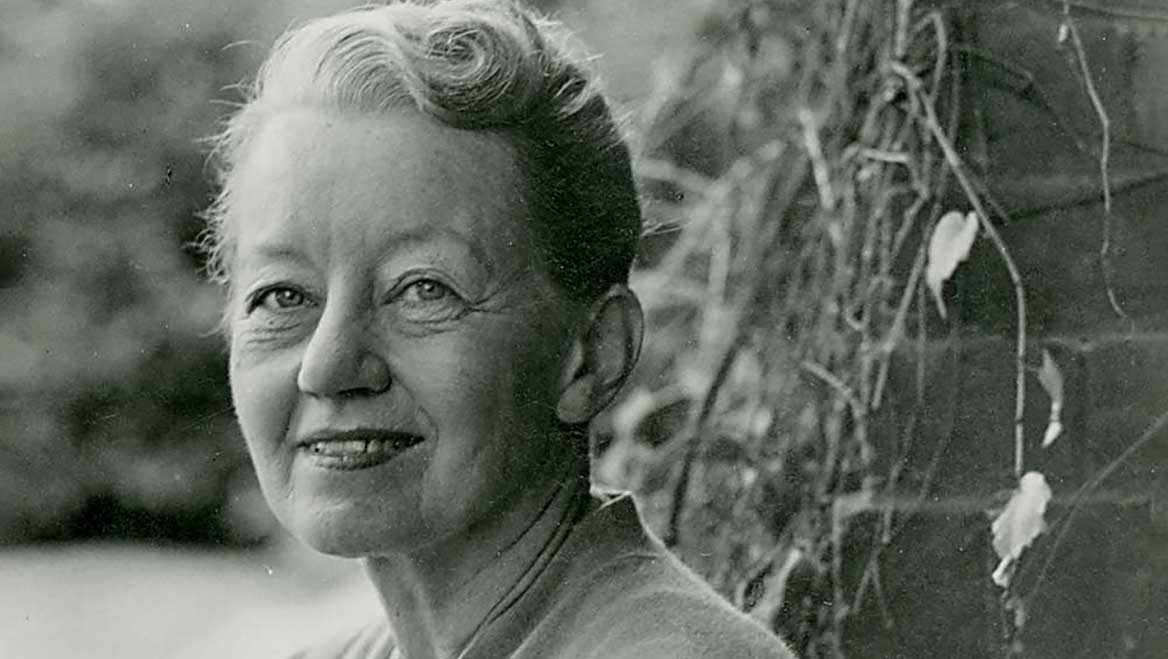
Catherine Krouse Bauer Wurster. Photo courtesy Environmental Design Archives, UC Berkeley.
8. Beverly Loraine Greene (1915 – 1957)

Beverly Loraine Green. Photo courtesy of the University of Illinois Archives.
The first Black woman to register as an architect in Illinois, Greene also received a master's degree in city planning and housing from the University of Illinois at Urbana-Champaign. She went on to work for the Chicago Housing Authority and, after facing significant racism in the city's architectural and planning communities, moved to New York City, where she eventually received a scholarship to continue studying planning at Columbia University. She designed a variety of projects targeted to serve community needs, including health care and arts facilities.
9. Evelina López Antonetty (1922 – 1984)
Antonetty was a community organizer who founded United Bronx Parents, which still exists today, in 1965 to help advocate for better educational resources in communities that had historically seen little investment in the Bronx and across New York City. A contemporary of Robert Moses and Jane Jacobs, she is often left out of historical accounts of the time, despite the local and national impacts of her advocacy leadership, including helping to create one of the first bilingual program in public schools. "When the courageous activism of organizers like Antonetty is ignored, it leaves the misleading impression that New York's urban landscape was determined by an epic struggle between two people, with Moses arguing for larger projects governed from the top down, and Jacobs arguing for community control," Linus Glenhaber writes for Public Seminar. But "Antonetty was busy organizing the borough to create better neighborhood conditions."
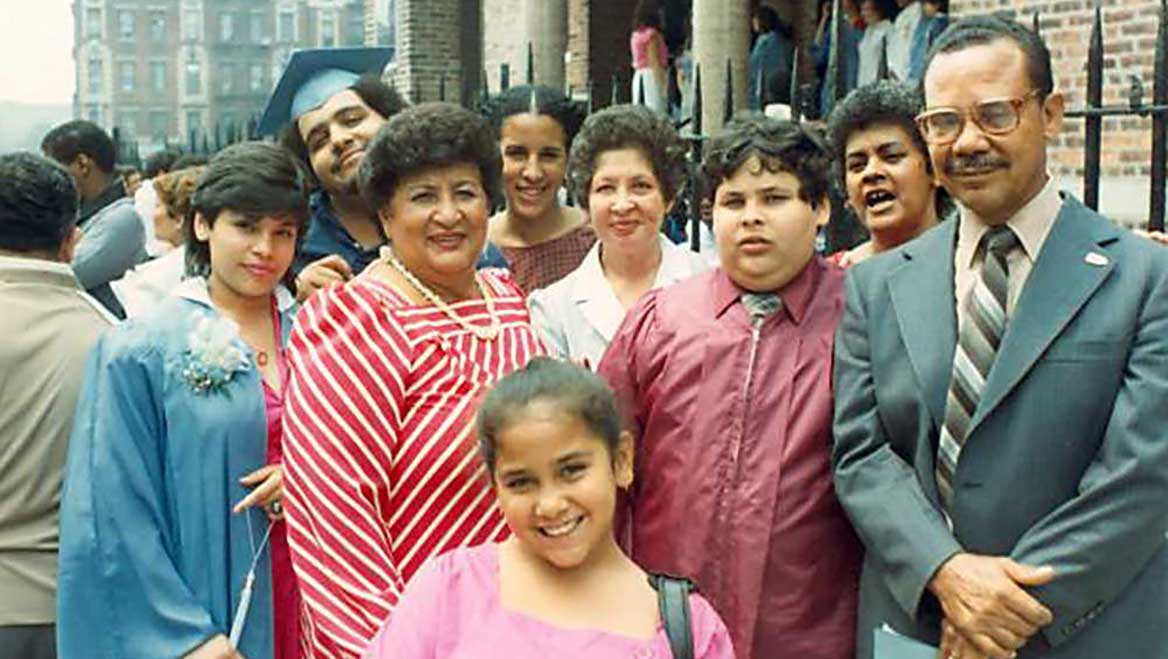
Evelina López Antonetty (center in red striped dress) with her sister Lillian López, among others. Photo courtesy Center for Puerto Rican Studies Library & Archives, Hunter College, CUNY
10. Patricia Roberts Harris (1924 – 1985)
Harris was the first Black woman to serve in a number of positions in government, including as a U.S. ambassador and cabinet secretary for Housing and Urban Development under President Jimmy Carter. Her leadership redefined the mission of the department, putting the focus on rehabilitation rather than urban renewal. She dedicated millions of dollars to areas that had traditionally seen less investment through programs like the expanded Urban Homesteading Plan and the creation of Urban Development Action Grants. Later, she also served as secretary of the newly formed Department of Health and Human Services.
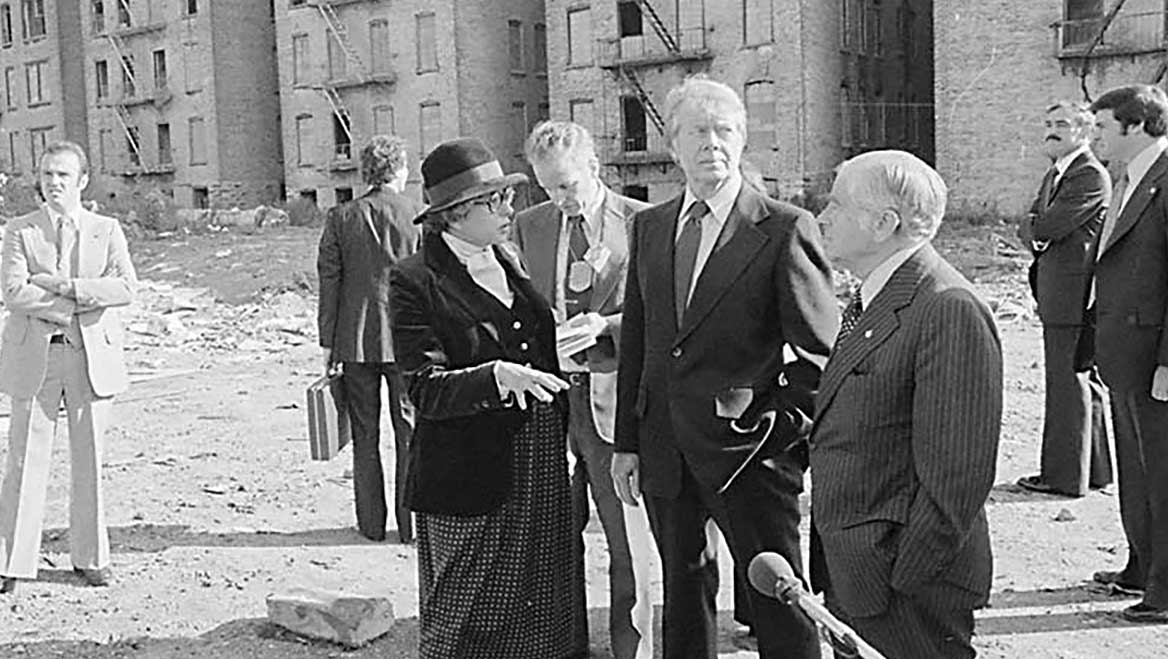
Patricia Roberts Harris, with Jimmy Carter and New York Mayor Abraham Beame on a tour of the South Bronx. Photo courtesy NARA
11. Arabella Martinez (1937 – )
In 1967, Martinez founded the Unity Council in Oakland, California, a nonprofit social equity development corporation dedicated to serving people of color and low-income residents in the area. Over the organization's more than half-century in operation, it has provided community services in at least six languages, created more than 200 affordable senior housing units, and supported over 300 local businesses. Martinez's leadership also secured over $200 million over the years dedicated to transit and open space initiatives in Fruitvale and East Oakland. She was also appointed the assistant secretary for U.S. Department of Housing and Urban Development by President Carter, becoming the country's first Latina in a subcabinet level position, and has served on over 24 local boards, including the Metropolitan Transportation Commission Advisory Committee.
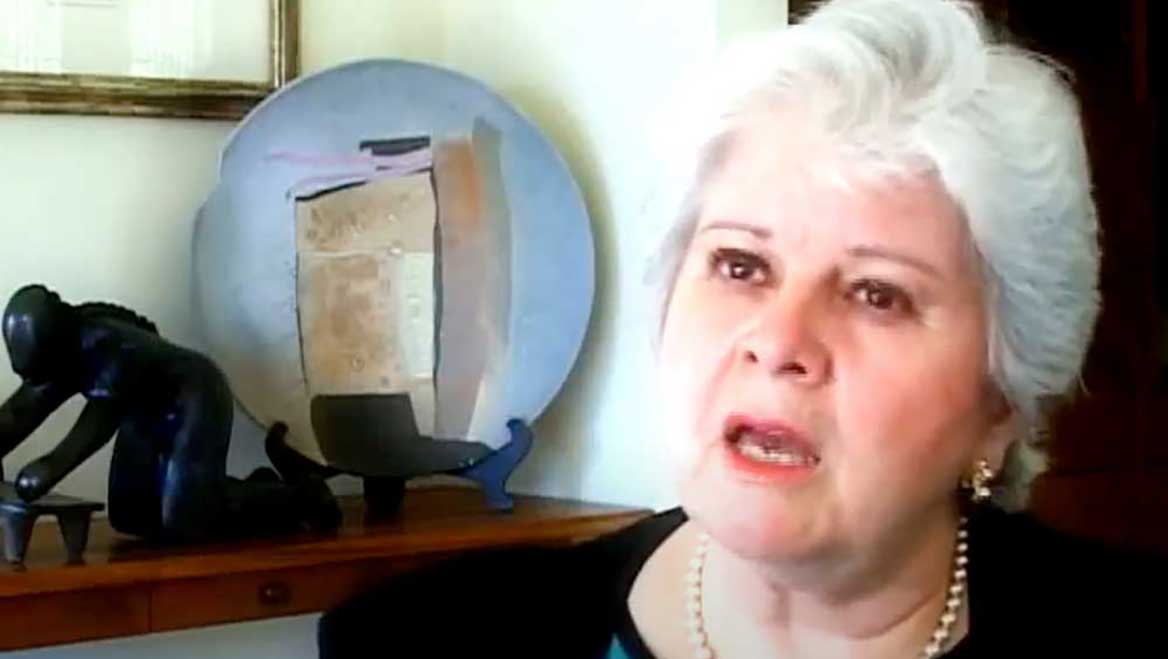
Arabella Martinez. Photo courtesy citizenfilm.org.




